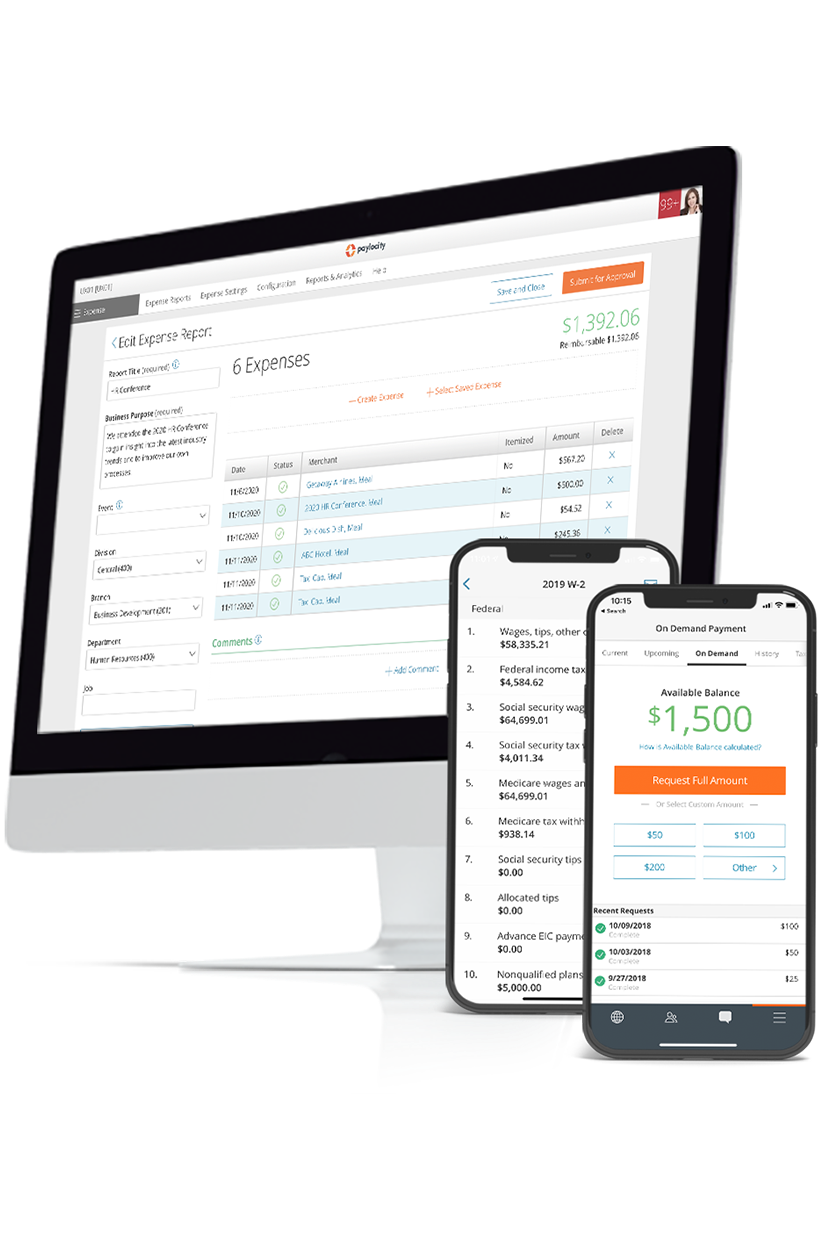Lookback Period
Summary Definition: A 12-month period used to determine how often an employer must deposit employment taxes (monthly or semiweekly) based on the total tax liability for that period.
What is a Lookback Period for Payroll?
A lookback period is a window of time used to help determine if an employer will need to deposit their future payroll taxes to the government on a monthly or semiweekly basis.
Depending on whether the employer reports its payroll taxes quarterly with Form 941 or annually with Form 944, a lookback period can either run from July 1 two years ago to June 30 of the prior year, or January 1 to December 31 from two years ago.
If an employer’s tax liabilities are $50,000 or less during their lookback period, they’re assigned a monthly deposit schedule by the Internal Revenue Service (IRS). If the liabilities are greater than $50,000, the employer must use a semiweekly deposit schedule.
Deposit Schedules
Each schedule requires employers to make their deposits by a specific day of the week or month:
- Semiweekly: Deposits are based on the organization’s payday. If a payday is Wednesday, Thursday, and/or Friday, the deposit deadline is the following Wednesday. If the payday is Saturday, Sunday, Monday, and/or Tuesday, the deposit deadline is Friday of that same week.
- Monthly: Employers must make their deposits by the 15th day of the following month. So, an employer would have until May 15 to deposit its payroll taxes for April.
Key Takeaways
- A lookback period is a 12-month period when the IRS examines an employer's total payroll tax liabilities to determine if the employer needs to make monthly or semiweekly deposits.
- Lookback periods depend on whether the employer reports their tax liabilities quarterly on Form 941 or annually on Form 944.
- If the employer’s payroll tax liabilities during the lookback period are over $50,000, they must deposit future taxes on a semiweekly schedule. Those whose liabilities are $50,000 or less will make monthly deposits.
Forms 941 and 944
Form 941 is a tax return form employers submit every quarter to report the payroll taxes they owe for that quarter. Form 944, on the other hand, serves the same purpose, but for employers who report their payroll taxes annually. Due to its annual cadence, only employers with payroll tax liabilities of $1,000 or less per year are allowed to use Form 944.
The IRS uses these forms to identify the lookback period it’ll reference when calculating the employer’s total tax liabilities. Form 941 filers will have a lookback period from July 1 two years ago to June 30 of the prior year. Form 944 filers instead have a lookback period of the second preceding year to the current one.
For example, the lookback period for a Form 941 employer in 2025 would be July 1, 2023, to June 30, 2024. Meanwhile, the lookback period for a Form 944 employer in 2025 would instead be the entire 2023 calendar year.
Lookback Period Examples
Form 941 Filers
Company A has over 150 employees and its total tax liabilities are high enough that it needs to use Form 941 to report its payroll taxes every quarter. As such, the lookback period for Company A in 2025 would be July 1, 2023, to June 30, 2024:
- Q3: July 1, 2023 – September 30, 2023
- Q4: October 1, 2023 – December 31, 2023
- Q1: January 1, 2024 – March 31, 2024
- Q2: April 1, 2024 – June 30, 2024
Since the company’s tax liabilities during the lookback period were $75,000, Company A must deposit its future payroll taxes on a semiweekly schedule.
Form 944 Filers
Company B only has 15 employees, and its total payroll tax liabilities are low enough that it can use Form 944 to report its payroll taxes annually. As such, the lookback period for Company B in 2025 would be the calendar year 2023:
- Q1: January 1, 2023 – March 31, 2023
- Q2: April 1, 2023 – June 30, 2023
- Q3: July 1, 2023 – September 30, 2023
- Q4: October 1, 2023 – December 31, 2023
Since the company’s tax liabilities during the lookback period were less than $50,000, Company B can deposit its future payroll taxes on a monthly schedule.

Save Time with Stress-Free Payroll Solutions
Payroll doesn’t have to be complicated, but it does have to be right. Stay compliant, collect employee data, and streamline tax filing – all while putting time back in your day with our automated payroll software. With the assurance of an error-free workflow, you can get back to what matters most – your people. Learn how our modern solutions get you out of the tactical and back to focusing on the bigger picture.